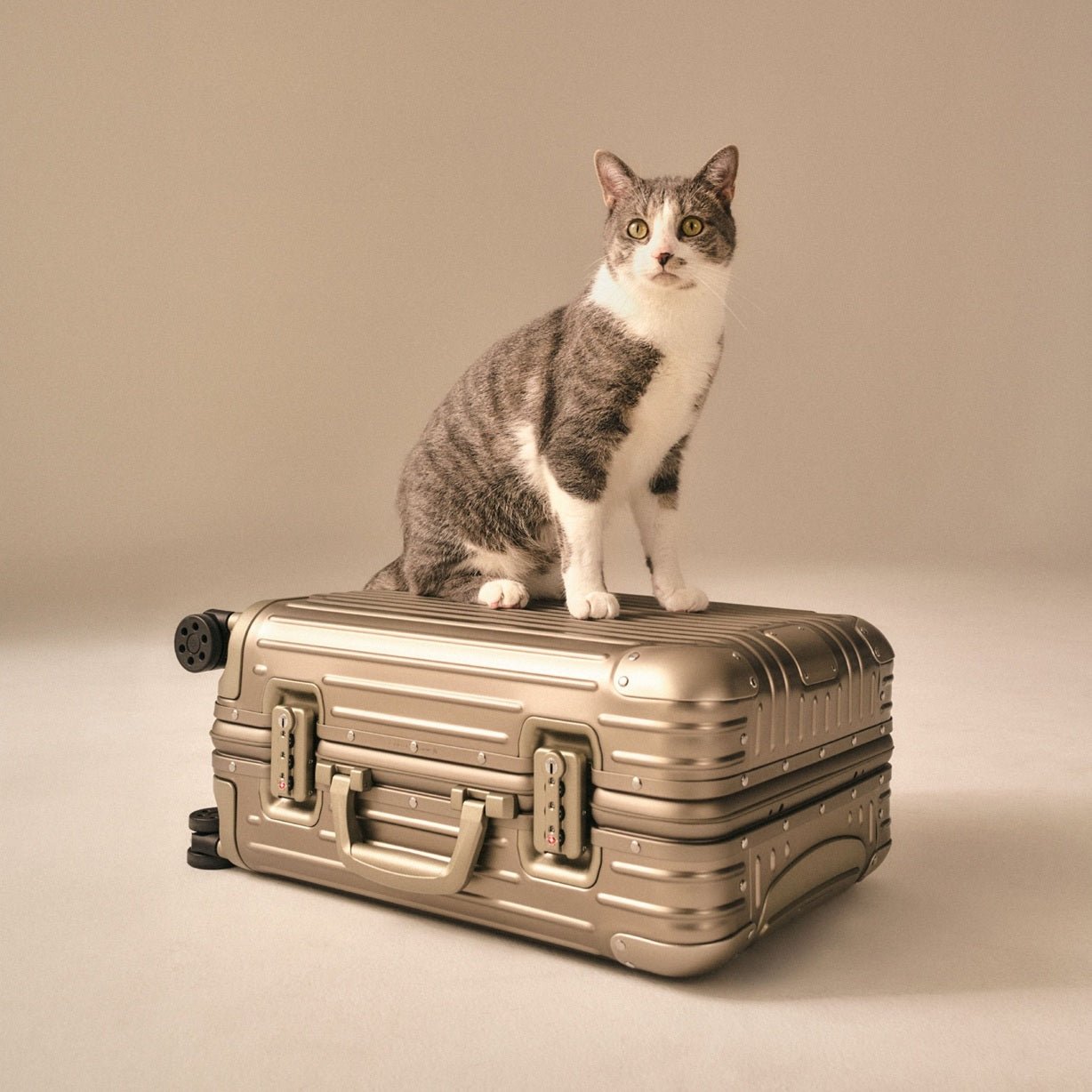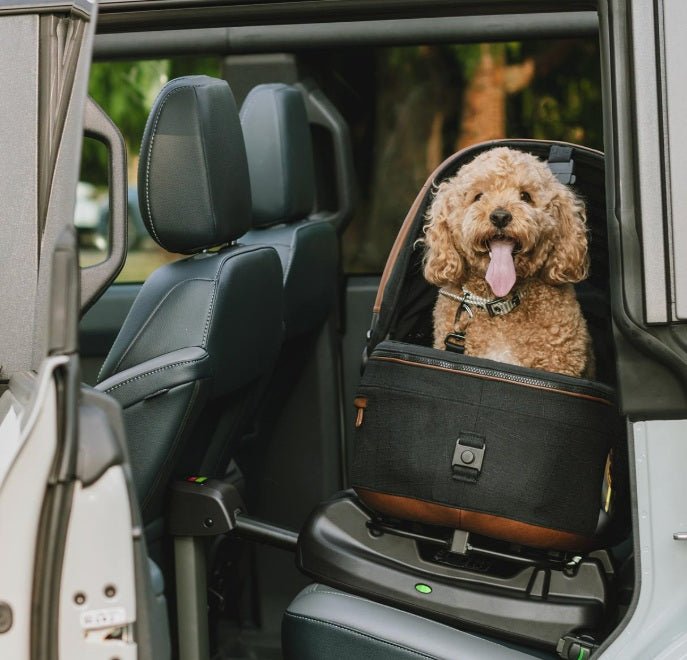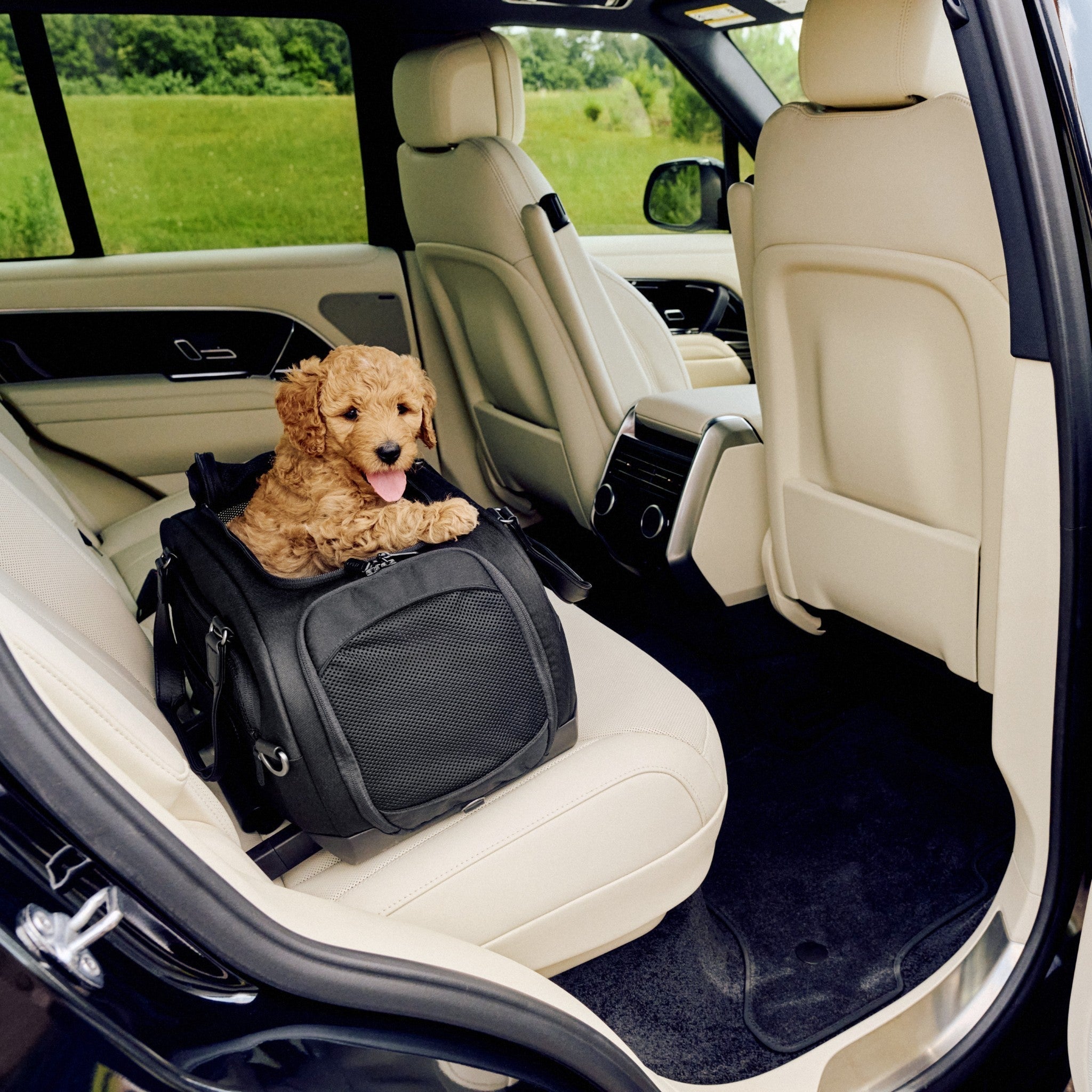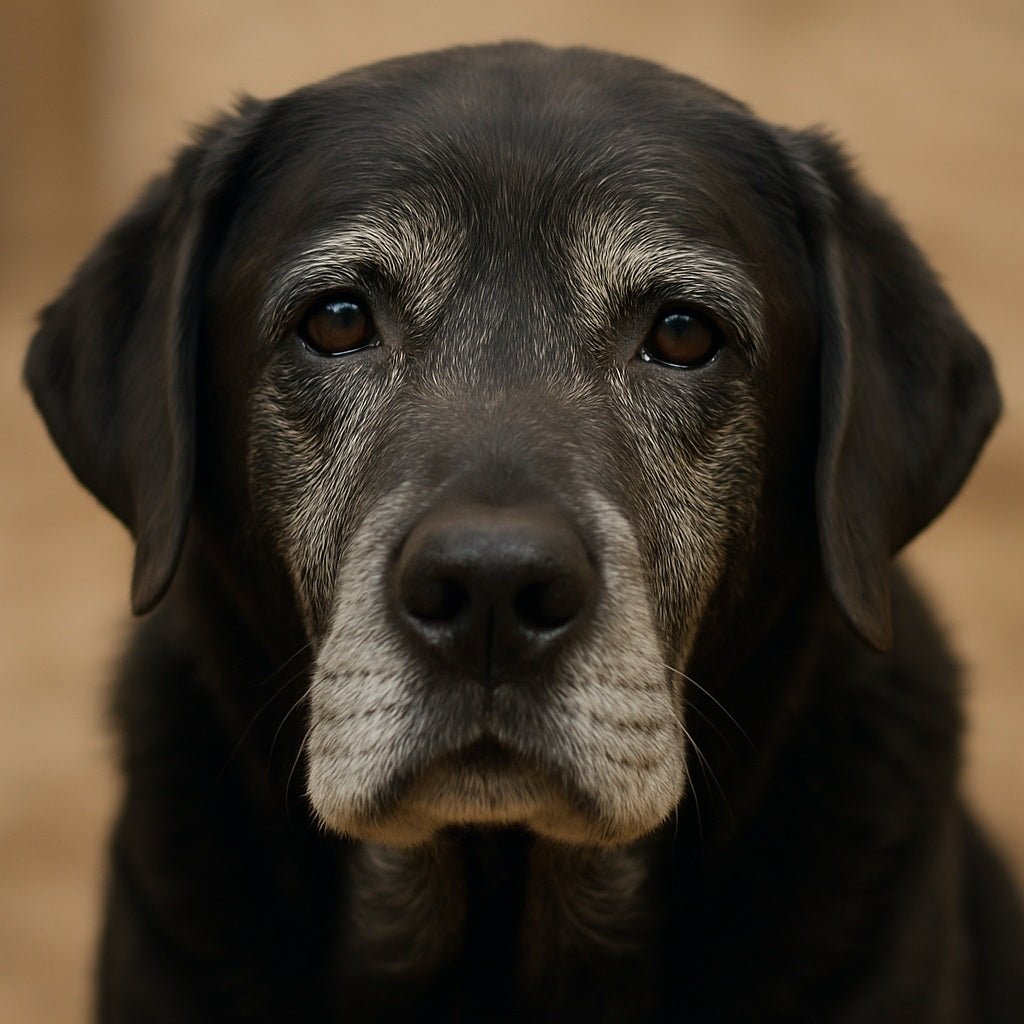Transporting a cat can be anything from a small everyday transfer to a big adventure. Whether it is a veterinary visit, a weekend trip by car, or a longer journey by plane, cat carrier (or carrier bag) is the moment where safety, comfort, and style meet. In this guide, we go through the most important selection criteria and tips for different transport situations – and explain why many Muotitassun customers trust the premium-level Tavo Pets Dupree and Tavo Pets Hendrics models as part of everyday life and worry-free travels.
Choose the carrier according to the cat's measurements, accustom the cat to it well in advance, and consider the rules of different modes of transport. Dupree is an unobtrusively stylish and lightweight choice for the rhythm of the city and public transport, while Hendrics offers sturdiness and luxurious finishing for longer journeys.
How to choose the right cat carrier
A good cat carrier is a combination of the right size, sturdy construction, sufficient ventilation, and a calming interior.
-
Size & fit: Measure the cat (length from neck to base of tail and height from floor to tip of ears). The box should allow the cat to stand up, turn around, and curl up comfortably. Too large a space may feel insecure, too small is obviously a no-go.
-
Structure: A soft-structured bag flexes in tight spaces and is often more comfortable in the lap or on the shoulder. A sturdier shell provides extra protection and maintains its shape.
-
Ventilation & privacy: Sufficient mesh is important, but also the possibility of a “nest-like” shelter. Many cats calm down when part of the walls are shielded from view.
-
Carrying comfort: A wide, padded shoulder strap or ergonomic handle saves the shoulders.
-
Cleanability: Removable, washable bottom padding and dirt-repellent surfaces make everyday life easier.
-
Closure & safety: High-quality zippers and locking solutions that the cat cannot access from the inside.
Cat in the car: a calm travel companion
In the car, the cat should always travel in a carrier. The carrier should be placed on a flat surface (e.g., rear footwell or secured with a seatbelt on the back seat if the carrier’s structure supports it). A few practical tips:
-
Preparation: Acclimate the cat to the box in advance (instructions below). Short test rides help.
-
Heat and light: Avoid direct sun, keep air conditioning comfortable, and ensure ventilation.
-
Sound environment: A soft blanket over the box can calm. However, leave sufficient ventilation.
-
Stops: On longer trips, breaks for water offering and litter box matters (travel litter or absorbent base).
Why Dupree & Hendrics?
-
Dupree feels light and discreet in city and short trip movement – easy to lift from car to bus or train, stylish without shouting.
-
Hendrics works when you want sturdiness and a “does not wobble or sag” feel; the shape holds and the cat gets a nest-like peace even on a long trip.
(Keep the tone subtle: link to products with a neutral “Explore the model” anchor.)
Cat on a plane: what to consider
Airlines have their own rules for traveling with pets (dimensions, weight limits, advance reservation, documents). General principles:
-
Cabin vs. hold: Small cats can often travel in the cabin if the carrier fits under the seat in front. Ensure your reservation is made in time.
-
Dimensions and flexibility: A soft-structured bag can facilitate the “under the seat” requirement; a sturdy shell provides protection in the hold.
-
Documents: If necessary, a veterinary certificate, vaccinations, and microchip – check the destination country’s requirements well in advance.
-
Comfort: An absorbent base, a familiar blanket, and a small, safe toy help. Avoid heavy meals just before the flight.
Where do Dupree & Hendrics shine?
-
Dupree has been chosen by many of our customers for the cabin when a calm, soft, and discreet profile is desired.
-
Hendrics is too large for the cabin and is not intended for air travel.
Cat on the bus and train: softness and courtesy
In public transport, the carrier keeps the cat safe and other passengers comfortable.
-
Rush hours: If possible, avoid the worst rush – fewer stimuli for the cat.
-
Placement: Hold the bag steadily on your lap or feet. Avoid swinging and bumps.
-
Smells and sounds: A light cover over the carrier can help. Ensure ventilation.
-
Courtesy: Not everyone is a cat person – considerate behavior makes the trip easier for everyone.
Dupree:’s calm silhouette fits naturally on the metro, tram, and train. Hendrics brings a touch of “bag as a design accessory” feeling to the same environment – without ostentation.
Both models can also be attached to the Roscoe pet stroller frame
Accustom the cat to the carrier (5 steps)
-
Leave the carrier out at home as a “small den.”
-
Make it a rewarding place: food, treats, and toys only near the carrier.
-
Move gradually: first door open, then door closed for a short time.
-
Short trips: test carrying at home, then a short walk, finally a short car ride.
-
Routine before travel: familiar blanket, scents, and calm tone of voice. Stress is contagious – including positive calm.
Why choose Tavo Pets Dupree & Hendrics?
At Muotitassu, we love products where form, finish, and functionality meet. That is why we highlight two models that repeatedly receive praise from customers – without shouting.
-
Tavo Pets Dupree – The lightweight choice for air travelers
Refined appearance, soft touch, and "take it with you and forget it" ease. Air travel, everyday vet visits, short city trips, and public transport – Dupree blends into the look like a quality bag. -
Tavo Pets Hendrics – Luxurious finish, upright structure, and a calming interior. When you want more from a carrier than just a bag, Hendrics offers it with subtle, timeless style. (Link to product page.)











